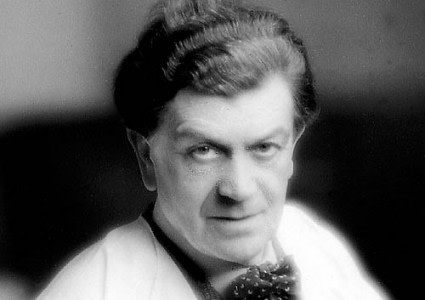Born at Le Havre, he studied art at the École des Beaux-Arts in Paris and began to paint in an Impressionist style, eg The Seine at Paris (1901, Glasgow Kelvingrove). His palette soon became brighter and his drawing bolder, using sweeping dark outlines. He was one of the original Fauvism group along with Matisse and Derain and became one of the most enthusiastic and vigorous painters in that style. Most of his works are landscapes and still life subjects, but a few include nude figures in Arcadian settings and these show the influence of Cézanne. In 1908 he abandoned Fauvism and reverted to a more traditional style, giving more attention to the structural plan of his compositions and using simple, uncomplicated colours. After a visit to Portugal in 1911 he became preoccupied with attempts to reduce the depth of his pictures and produced some more ambitious figure pieces such as the powerful Michelangelesque Les Horreurs de la Guerre (1915, Grenoble Museum of Art). After serving in the First World War he settled in Paris in 1919 but his painting had lost much of its verve and he held aloof from the newer artistic movements. However, during the inter-war years he exerted a wide influence on the younger generation of artists in both Paris and London. He won a Carnegie prize in 1924 and was made a member of the Carnegie Foundation jury in 1938, in which year he visited the USA. In 1935 he did the design for a Gobelins tapestry entitled Peace. His work is represented in major public collections throughout the world.
